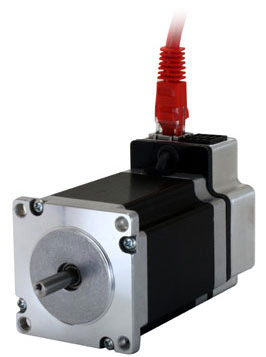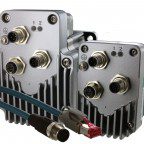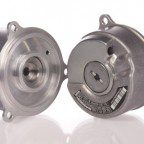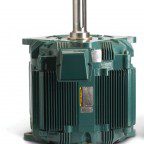When selecting a drive for a stepper motor, remember that certain drive setups and may cause the stepper motor to run poorly. These include improperly sized motors, incorrect drive types and incompatible wiring schemes.
Having a correctly sized stepper drive is vital. If this is not done, then there is the risk that the motor may not operate correctly or at all. Read FAQ: What features need to be compatible with a stepper drive to a run a given stepper motor? for more on this. Remember to take into account such requirements as voltage, current and wiring type. If not used with the correct type of stepper drive, the motor can also have a reduced lifespan. Additionally, it may not run efficiently or experience breakdowns as well.

Remember that when driving a stepper motor, there is always a balance between quiet operation, cost and torque. Because a stepper motor is supplied with current at all times, even when it is required to hold its position, it is always using electricity. Attempting to reduce this consumed current may be tempting, but then the system may lose much of its holding torque.
Furthermore, stepper motors are often operated by using pulse width modulation “chopper” drives that rapidly turn on and off the signals sent to a motor. This is done to ensure the motor operates correctly and for microstepping purposes. This can also create noise, however. It may be tempting to either increase or decrease the frequency of these pulses to stop this noise, but then the motor cannot operate properly under such conditions. The times between on and off periods and how long they last have a direct effect on the motor’s operation.
Manufacturers often provide specifications for their drives and motors. Engineers should consult these should before selecting the combination for a system. Pre-selected or integrate motor and drive solutions may also be an option for some use cases. For more information on this, read Design World’s article — Step Motor Troubleshooting Basics Part One.







Leave a Reply
You must be logged in to post a comment.